Hooded Pitcher Plant (Sarracenia minor) is a fascinating carnivorous plant that brings both beauty and functionality to your garden. Belonging to the family Sarraceniaceae and native to coastal regions from North Carolina to Florida, this perennial thrives in moist, wetland environments. Its striking pitcher-shaped leaves are specially adapted to attract and trap insects, making it an excellent natural solution for pest control.
This plant is hardy in USDA zones 6 through 9 and showcases stunning, showy flowers that enhance the appeal of any outdoor space. Ideal for gardeners seeking unique additions, the Hooded Pitcher Plant exemplifies the marvels of nature’s adaptations while adding an exotic touch to your landscape.
| Common name | Hooded Pitcher Plant |
| Botanical name | Sarracenia minor |
| Family | Sarraceniaceae |
| Species | minor |
| Origin | Coastal North Carolina south to Florida |
| Life cycle | Perennial |
| Plant type | Carnivorous |
| Hardiness zone | 6, 7, 8, 9 |
| Sunlight | Full Sun |
| Maintenance | High |
| Soil condition | Loam |
| Soil ph | Acid |
| Drainage | Moist but Well-Drained |
| Harvest time | Fall |
| Flowering period | Spring |
| Height | 1 ft. – 2 ft. |
| Flower color | Gold, Yellow |
| Leaf color | Green |
| Fruit color | Brown, Copper |
| Fruit type | Capsule |
| Leaf benefit | Showy |
| Flower benefit | Fragrant |
| Garden style | Native Garden |
| Uses | Container |
I. Appearance and Characteristics
Sarracenia minor, also known as the hooded pitcherplant, is a perennial, terrestrial, rhizomatous, herbaceous, carnivorous plant in the genus Sarracenia. Like all the Sarracenia, it is native to North America.
In 1788, the first description of S. minor was written by Thomas Walter. The specific epithet minor means “small” and refers to the typical size of the pitchers. The common name refers to the characteristic lid of this species.
The typical form is a relatively small plant with pitchers about 25–30 centimetres (10–12 in) in height. An especially large form, with pitchers up to 90–120 centimetres (3–4 ft) high, grows in the Okefenokee marshes, at the border between Georgia and Florida.
The tubes are mostly green throughout, but can also be reddish in the upper part. Flowering occurs from late March to mid-May. Flowers are yellow in colour and odorless. Over a hundred seeds are produced by a capsule.
Sarracenia minor and S. psittacina are the only species in the genus to employ domed pitchers with translucent white patches that allow light to enter. It has been suggested that the light shining through these patches attracts flying insects further into the pitcher and away from the pitcher’s mouth in a similar manner to Darlingtonia californica and two Nepenthes species, N. aristolochioides and N. klossii. The pitcher is filled with water and enzymes produced by the plant and helpful in the digestion of prey. In the wild, Sarracenia minor seems very attractive to ants, although it also attracts and eats a wide range of flying insects.
It grows in swampy environments poor in nutrients such as nitrogen or phosphorus.
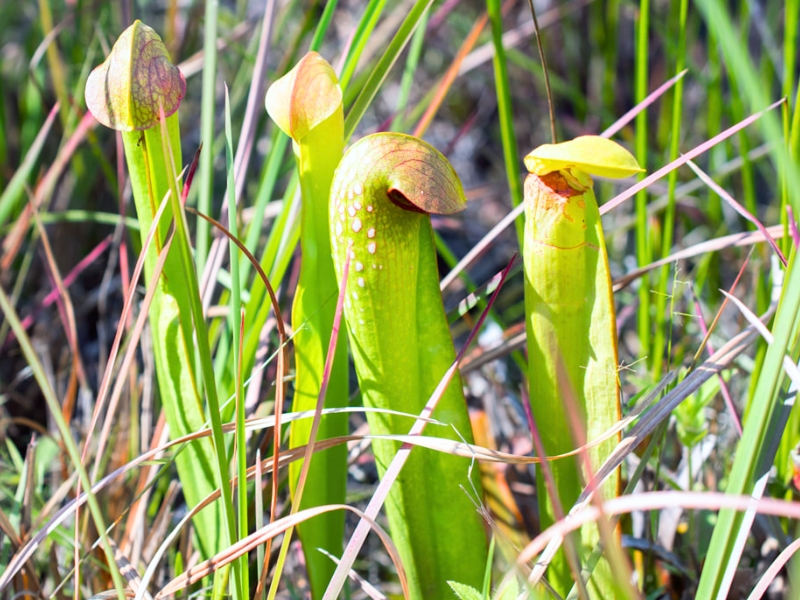
II. How to Grow and Care
Sunlight
Hooded pitcher plant requires full, direct sunlight; the lack of sunlight can cause your plant to produce colorless flowers. It needs at least 3-4 hours of direct sunlight per day. Ensure sufficient sun exposure especially from late spring to fall, as this is its growing season. Window Sills are a suitable place to position your plant, especially when it is a sunny window. Unheated glasshouses are also a good solution.
Temperature
Hooded pitcher plant is a very hardy plant native to North America. In its natural habitats, it can endure regular below-freezing temperatures in winter and survive temperatures up to 32 ℃ during summer. The optimum growing temperature range is between 16 to 21 ℃.
Potted hooded pitcher plant in the house should not be kept in temperatures exceeding 35 ℃. This is the temperature threshold, and it is very important especially if the humidity is low. During the winter, the temperature can range between -14 to 3 ℃. Underground rhizomes are resilient to winter frost.
Watering
Native to the humid environments of southeastern America, hooded pitcher plant thrives in conditions that mimic its swampy origins. This species is characterized by a preference for consistent moisture and exhibits moderate drought tolerance. To maintain its health, watering should be adjusted to twice a week. Typically grown outdoors due to its need for high humidity and full sun exposure, hooded pitcher plant has adapted to capture rainwater in its uniquely shaped pitchers – an evolutionary marvel allowing it to supplement its water needs in nutrient-poor soils.
Soil
Hooded pitcher plant grows best in nutrient-poor, acidy (pH ranging from 3-5), moisture-retaining soil. A mix of sand and sphagnum peat moss in the ratio of 1:2 is highly recommended. Avoid rich and clay soils. Sunken containers with drainage and peat and/or sand mix will work well for your hooded pitcher plant. If growing outside, where there is plenty of water to flush the soil, perlite can be used instead of sand.
Fertilizing
Hooded pitcher plant tolerates nutrient-poor and moisture-retaining soil, as it has evolved to catch insects. Fertilizer should not be used unless your soil is almost completely lacking a certain mineral. If you keep the plant outside for several weeks during the summer, the plant will be able to catch enough food for itself. Please do not feed your hooded pitcher plant meat. If additional nutrients are required, use supplement food sold for Venus flytrap plants. Dried crickets are an excellent choice.
Planting Instructions
Hooded pitcher plant is easiest to grow in plastic pots or any other large plastic container. It can be grown indoors or inserted into soil in a container. If planting outside, plastic containers are recommended, as they will ensure that your plant has ample amounts of water. This will also reduce your watering and is economically sensible and eco-friendly., Before planting, add a mixture of peat and sand to the hole for drainage and nutrition. Hooded pitcher plant needs a deep hole of 30 to 41 cm, with at least 25 cm spacing between plants. When planting, the crown of the rhizome should stick out just above the soil.
Pruning
Hooded pitcher plant can thrive without pruning. However, sometimes it is necessary to remove certain parts to increase the overall health and create a fuller plant. Prune blossoms if they wilt. Use sharp garden scissors to remove the bloom stalk at its base. If the leaves have turned yellow and wilted, cut off them at the base where they meet the stem of the plant. Remember to disinfect your garden scissors between plants to reduce any possible cross-contamination.
Propagation
Hooded pitcher plant does not self-pollinate; it needs natural pollinators such as bees, or hand pollination. You will need to collect and transfer the pollen from the anthers (the male reproductive parts) to the stigmatic surfaces (the female reproductive parts) in order to fertilize your plant. This should be done during the fall.
Mature plants can be propagated by rhizome division. Multiple joined rhizomes are produced by the plant over several growing seasons. These rhizomes should be divided during their resting period over winter and individually planted. You can also use this method to separate the rhizomes that have not produced pitchers yet and stimulate their growth. Stimulate the growth of new crowns by incising several shallow notches at the top of the rhizome, from which new crowns should develop.
Find Where to Buy the Best Hooded Pitcher Plant (Sarracenia minor)
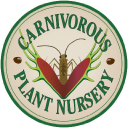
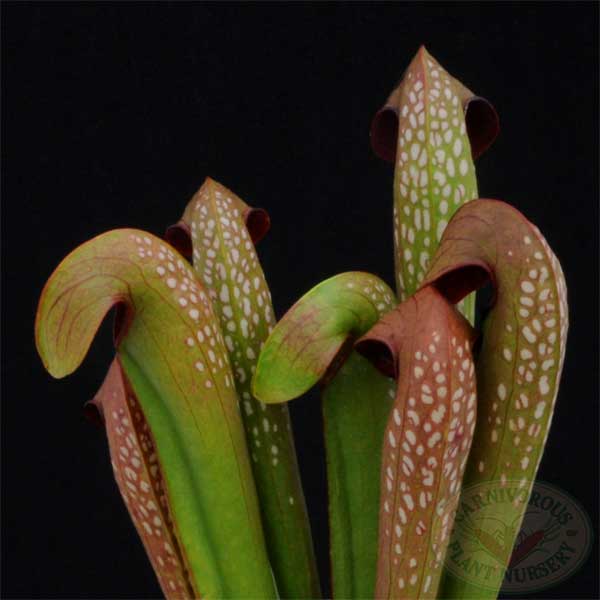





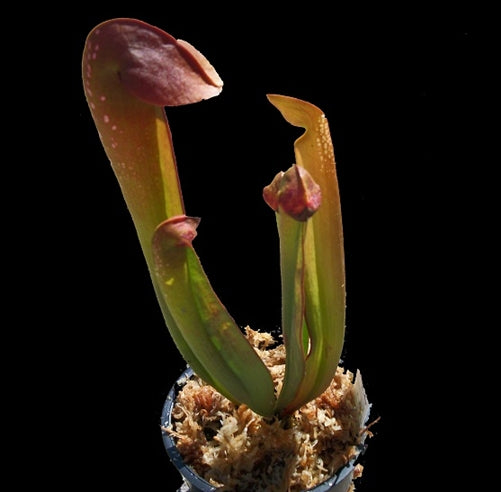
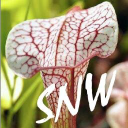

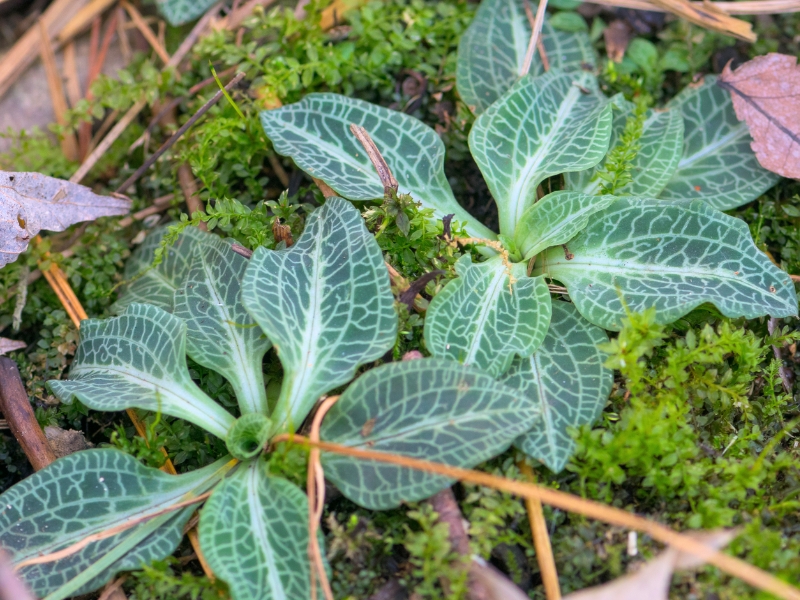
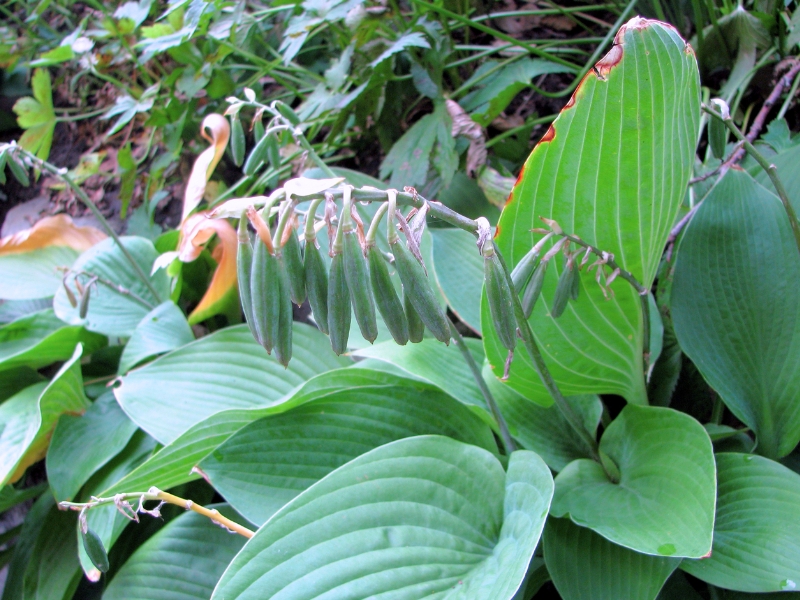
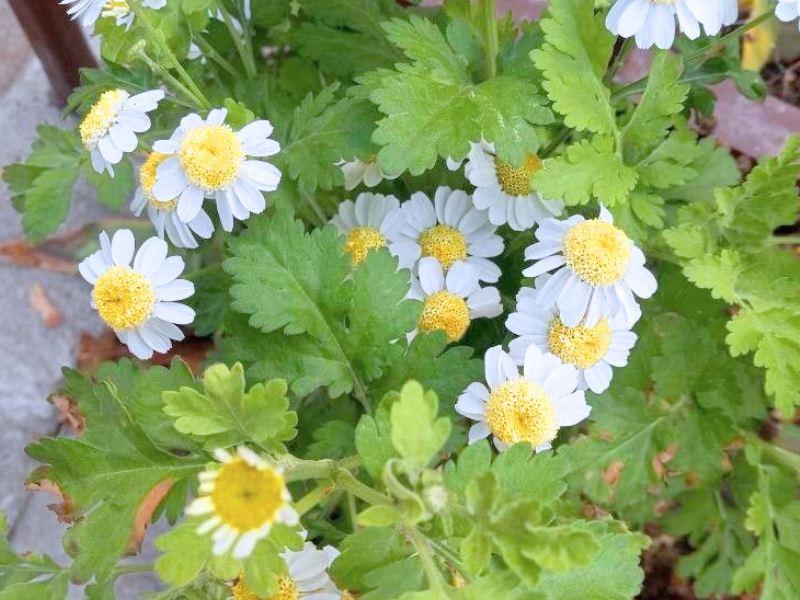
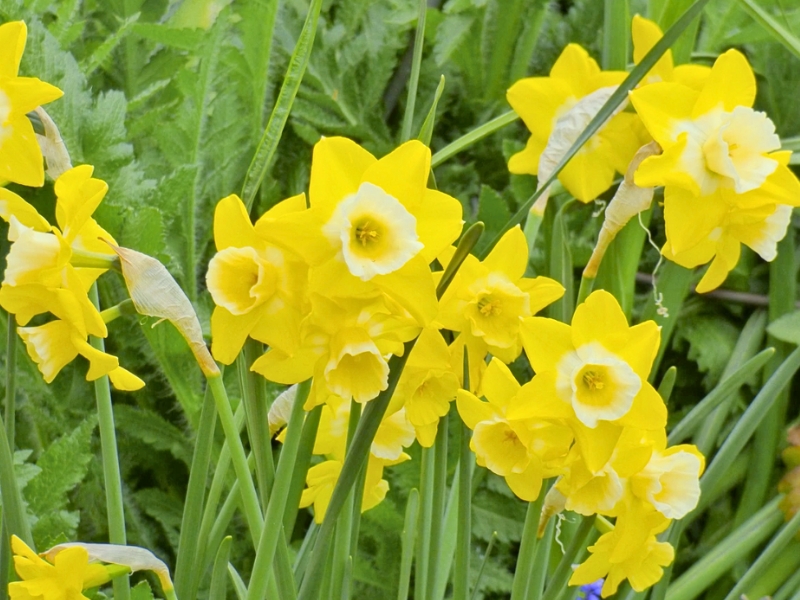
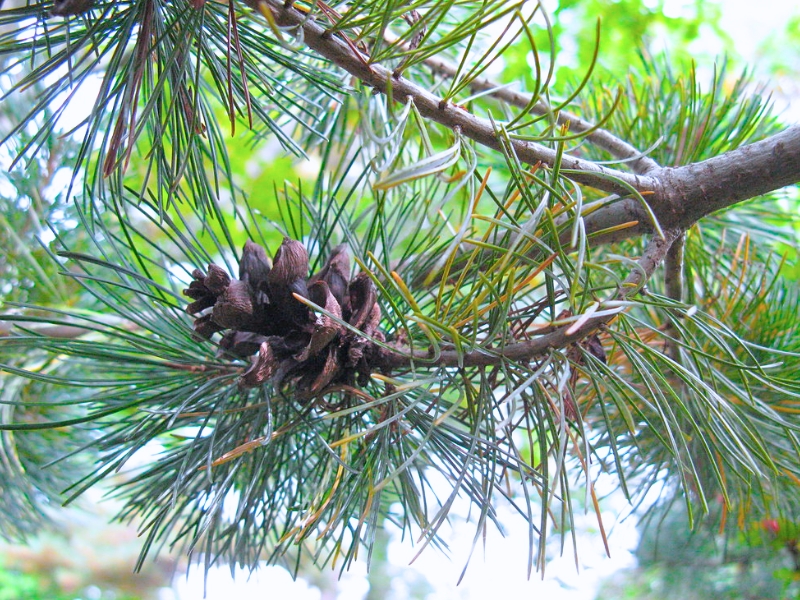
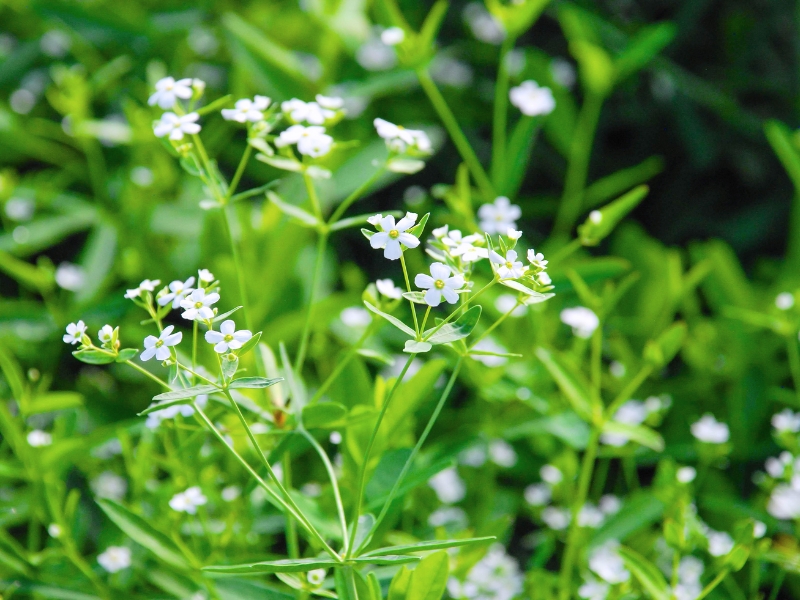
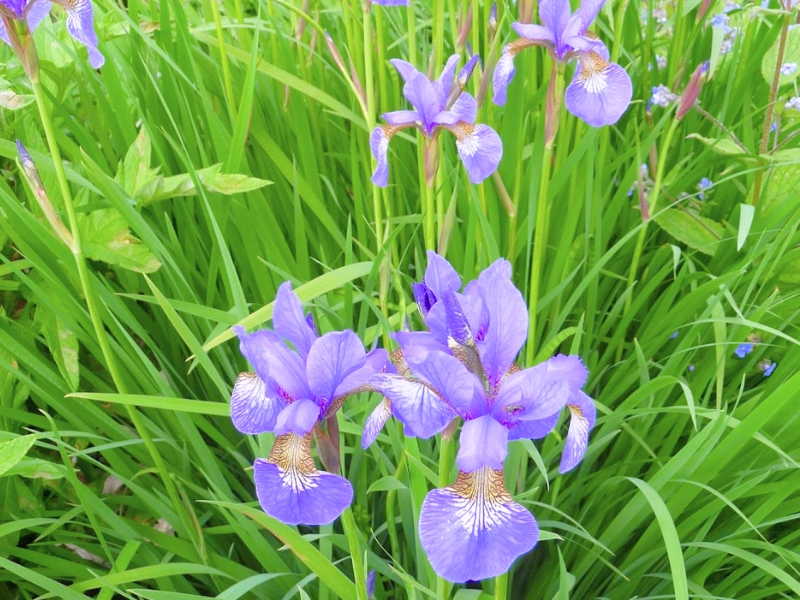
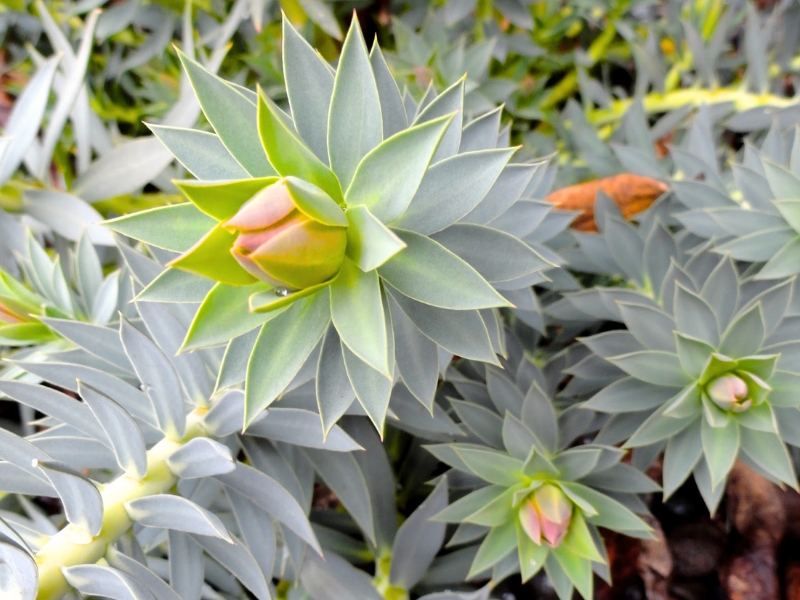
Leave a Reply